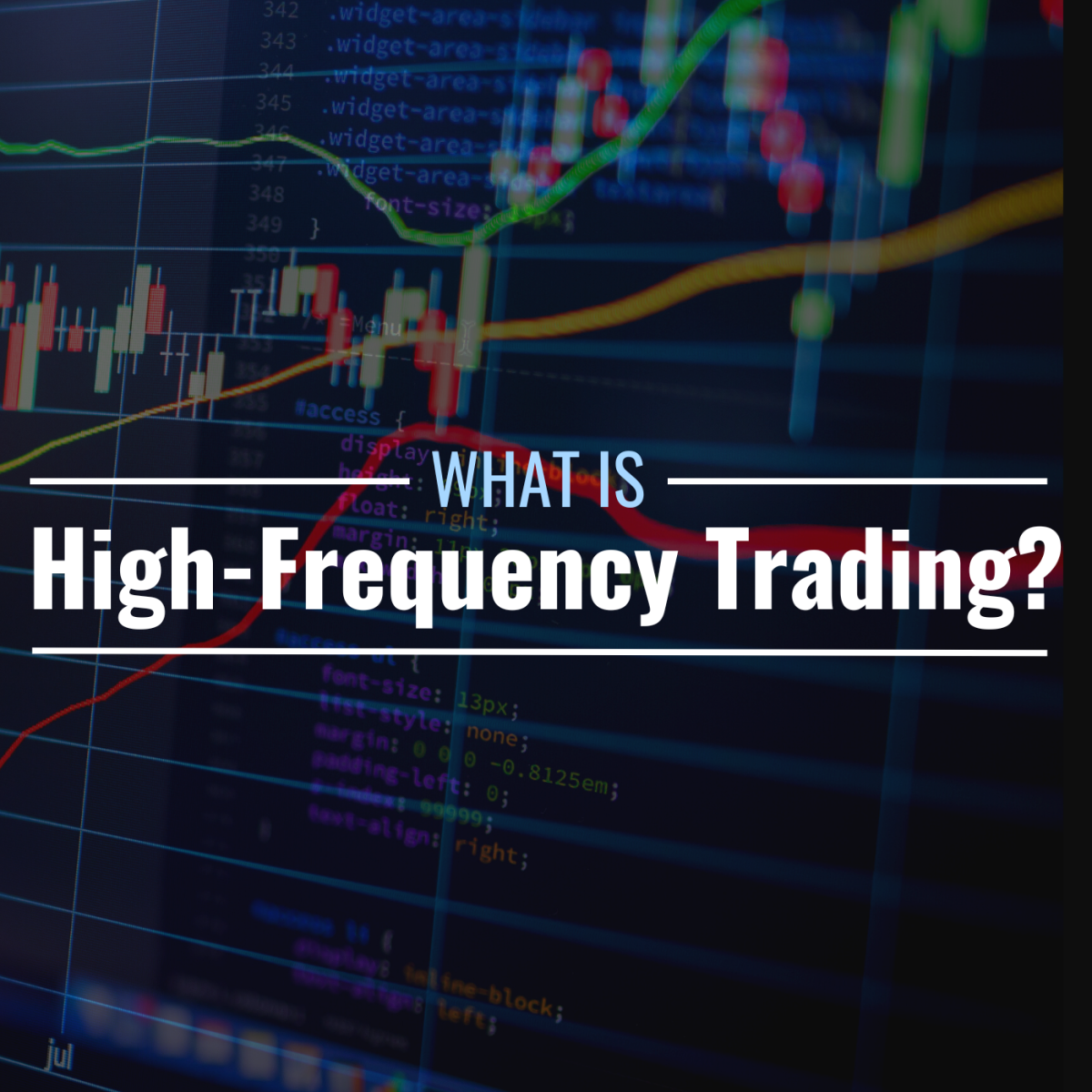Advanced Fibonacci Techniques in Forex Trading
Fibonacci retracement and extension tools have become staple indicators for traders across all financial markets, including Forex. While many traders rely on basic Fibonacci levels like 38.2%, 50%, and 61.8% to predict potential price reversals or extensions, there are several advanced techniques that can help enhance the accuracy and effectiveness of Fibonacci analysis in Forex trading.
In this article, we will explore advanced Fibonacci techniques used in Forex, including advanced retracement strategies, Fibonacci fan, arcs, and time zones, as well as how to incorporate Fibonacci with other technical indicators for a more precise trading strategy.
1. Advanced Fibonacci Retracement Strategy
Fibonacci retracements are among the most common tools for predicting market corrections after a price movement. While the standard levels (23.6%, 38.2%, 50%, 61.8%, and 100%) are frequently used, advanced Fibonacci retracement strategies can improve accuracy by incorporating additional insights and analysis methods.
a. Combining Fibonacci with Price Action
Price action plays a crucial role in determining the validity of Fibonacci retracement levels. A trader can look for specific price patterns (e.g., engulfing candles, pin bars, or Doji) around key Fibonacci levels. For instance:
- Bullish reversal patterns (like pin bars or engulfing candles) near a 61.8% Fibonacci retracement can indicate a higher likelihood of price bouncing up.
- Bearish reversal patterns near 38.2% or 50% retracement levels can signal a continuation of a downtrend.
b. Multiple Fibonacci Retracements
Sometimes, the use of multiple Fibonacci retracement tools on the same chart from different swing points can help identify overlapping retracement levels, making them more significant. These confluence zones create stronger support or resistance levels, giving traders better confirmation for trade entries.
For example, if a 61.8% level from one swing high/low overlaps with a 38.2% retracement from another swing, this zone becomes a high-probability level where the price could reverse or consolidate.
2. Fibonacci Extensions for Profit Targets
Fibonacci extension tools are used to project potential price targets in the direction of the trend after a retracement has occurred. Extensions can help Forex traders identify where the price might go after retracing a certain portion of the trend.
a. Using Fibonacci Extensions for Trend Continuation
One of the most advanced techniques is the use of Fibonacci extensions to project areas where the price is likely to reach once it breaks past the previous high or low. Fibonacci extension levels commonly used include 161.8%, 261.8%, and 423.6%.
When combined with market structure, Fibonacci extension levels offer precise targets:
- A 161.8% extension can often act as the first level of significant resistance or support after a breakout.
- A 261.8% extension is often seen as a strong target in trends with high momentum.
b. Confluence with Other Technical Indicators
The effectiveness of Fibonacci extensions increases when confluence is found with other technical indicators, such as moving averages, trendlines, or RSI. For example, if the price approaches the 161.8% extension level, and this area coincides with a key trendline or resistance level, the probability of a price reversal or consolidation is higher.
3. Fibonacci Fans and Arcs
Fibonacci fans and arcs are advanced tools for Forex traders who want to add a dynamic aspect to their Fibonacci analysis. Both of these tools apply Fibonacci ratios to price movements in a different manner than traditional retracement levels.
a. Fibonacci Fan
The Fibonacci fan consists of diagonal lines that extend from a single point and are drawn at Fibonacci ratios (23.6%, 38.2%, 50%, 61.8%, and 100%) to create a series of lines that represent potential support and resistance levels as the price moves.
The key to using Fibonacci fans effectively is identifying the initial point (usually the swing low to swing high or vice versa) and applying it to the price chart. The fan lines can then guide traders in identifying possible breakout levels or trend reversals as the price reaches these diagonal lines.
- Bullish Scenario: If the price is trending upwards and is approaching a fan line, it could indicate a potential support level, where the price may reverse and continue upwards.
- Bearish Scenario: If the price is trending downwards and approaches a Fibonacci fan level, it could act as a resistance level, signaling potential price rejection and further downward movement.
b. Fibonacci Arcs
Fibonacci arcs are circular arcs drawn on the price chart, based on the Fibonacci retracement levels. These arcs are plotted at key Fibonacci levels and help identify areas where price momentum might reverse or consolidate.
For example, if the price is moving higher, a Fibonacci arc plotted from a significant swing low could act as a dynamic resistance zone as the price climbs.
- Fibonacci Arcs for Reversals: When price reaches one of the arcs and shows signs of rejection, it can signal a reversal or consolidation.
4. Fibonacci Time Zones
While Fibonacci retracements and extensions are focused on price levels, Fibonacci time zones focus on time intervals between significant price movements. This tool helps traders identify key timeframes when price action may be more volatile or experience significant price shifts.
Fibonacci time zones are based on the Fibonacci sequence, with time intervals marked at key Fibonacci numbers (such as 1, 2, 3, 5, 8, 13, 21, etc.). These intervals correspond to periods of time after significant market moves, and the idea is to anticipate major price changes based on these intervals.
Using Fibonacci Time Zones for Timing the Market
- Timing the Entry/Exit: If the price is approaching a Fibonacci time zone and has recently reversed or shown strong momentum, the next Fibonacci time zone could mark a key turning point for price action.
- Predicting Major Price Events: Fibonacci time zones can also highlight potential periods of major volatility or reversals, especially when combined with other technical indicators.
5. Advanced Fibonacci with Multiple Time Frames
An advanced technique involves using Fibonacci analysis across multiple time frames. By analyzing Fibonacci retracements, extensions, fans, and arcs across different time frames (e.g., daily, 4-hour, and 1-hour), traders can identify stronger support and resistance zones.
- Higher Time Frame Fibonacci Levels: Fibonacci levels on higher time frames (such as daily or weekly charts) often carry more weight than those on lower time frames (like 5-minute or 15-minute charts). A key Fibonacci level on a daily chart can act as a stronger level of support or resistance than one on a 1-hour chart.
- Confluence of Fibonacci Levels Across Time Frames: When Fibonacci levels from multiple time frames align, they create a confluence zone, which can act as a more reliable support or resistance area for entry or exit points.
6. Combining Fibonacci with Other Technical Indicators
Fibonacci analysis can be highly effective when combined with other technical tools like moving averages, oscillators, and trend indicators. Here are a few combinations that can enhance your trading decisions:
a. Fibonacci with RSI (Relative Strength Index)
The RSI is a momentum oscillator that measures whether a currency pair is overbought or oversold. When the price reaches a significant Fibonacci retracement level and the RSI shows overbought/oversold conditions, it adds additional confirmation to the potential for a reversal.
For example:
- If the price reaches the 61.8% Fibonacci retracement level and the RSI is overbought (above 70), it suggests a potential short opportunity.
b. Fibonacci with Moving Averages
Fibonacci retracements can be plotted alongside moving averages, such as the 50-period or 200-period moving averages. If the price reaches a Fibonacci level that coincides with a key moving average, the likelihood of price reversing at that level is higher.
For example:
- A 50-period moving average near a 38.2% Fibonacci retracement level could act as a dynamic support or resistance level.
c. Fibonacci with MACD (Moving Average Convergence Divergence)
The MACD is a trend-following momentum indicator that can be used in conjunction with Fibonacci retracement levels to confirm trend reversals. For example, if the price is approaching a Fibonacci retracement level and the MACD shows a bullish crossover, it could indicate a strong potential buy signal.
Conclusion
Advanced Fibonacci techniques in Forex provide traders with powerful tools to predict price movements, potential reversal points, and profit targets. By mastering the use of Fibonacci retracements, extensions, fans, arcs, and time zones, traders can improve their technical analysis and make more informed decisions.
Combining Fibonacci techniques with price action, other technical indicators, and multi-timeframe analysis allows for more precise and reliable trading strategies. Understanding these advanced methods can significantly enhance a trader’s ability to manage risk and capitalize on market opportunities.




